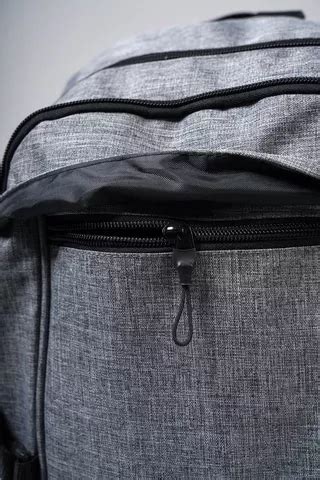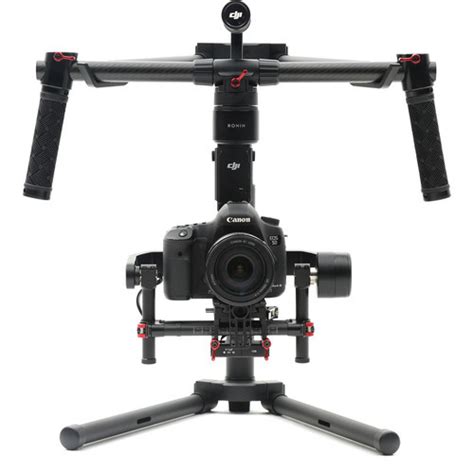The Unsung Hero: The Properly Fitted Backpacking Pack
In the vast world of outdoor and adventure gear, countless items vie for our attention, promising enhanced performance, comfort, and safety. Yet, amidst the flashy new gadgets and specialized tools, there exists an essential piece of equipment for men that is frequently underestimated and often poorly chosen: the properly fitted, high-quality backpacking or hiking pack.

More Than Just a Bag: Why Fit Matters
Many men approach buying a pack much like they would a duffel bag – primarily focusing on capacity (liters) and perhaps color. However, a hiking pack is a sophisticated load-carrying system. An ill-fitting pack can turn an exhilarating adventure into a painful ordeal, leading to chafing, pressure points, poor posture, and even injuries like back strain or nerve impingement. For men, whose average torso lengths and shoulder widths differ significantly from women’s, a pack designed with a male-specific frame, shoulder strap curvature, and hip belt geometry isn’t just a nicety; it’s a necessity for optimal weight distribution and comfort.
This oversight is particularly common. Budget constraints, a lack of knowledge about proper fitting, or the allure of a visually appealing but functionally inadequate pack often lead adventurers down the wrong path. The investment in a premium, adjustable pack that genuinely fits your body geometry is an investment in every mile you trek.
Key Features Often Overlooked in Men’s Packs
- Adjustable Torso Length: This is paramount. A pack’s frame should transfer most of the weight to your hips, not your shoulders. An adjustable torso allows for a custom fit, ensuring the hip belt sits correctly over your iliac crest.
- Robust, Contoured Hip Belt: Often wider and stiffer in men’s packs to support heavier loads effectively. It should hug your hips without gapping or digging in.
- Shoulder Strap Design: Men’s specific packs typically feature wider, straighter shoulder straps that accommodate broader shoulders and chest structures more comfortably, preventing pressure points.
- Ventilation Systems: Advanced back panel designs (e.g., suspended mesh) reduce sweat build-up, a significant comfort factor on long hikes.
- Load Lifter Straps: Small straps connecting the top of the shoulder straps to the pack frame, allowing you to fine-tune the pack’s center of gravity and bring the load closer to your body.

The Benefits of a Proper Fit
Opting for a pack that’s been carefully selected and fitted yields profound benefits. Reduced fatigue, improved balance, and enhanced mobility are just the start. With weight distributed correctly, you conserve energy, minimize the risk of pain, and can focus on the trail ahead, rather than the ache on your shoulders. A good pack becomes an extension of your body, rather than a burden.

Furthermore, quality packs are built to last, utilizing durable fabrics and robust buckles that stand up to years of abuse in harsh environments. While the initial cost might be higher, it’s an investment that pays dividends in comfort, reliability, and the sheer enjoyment of your outdoor pursuits.

Making the Right Choice
When selecting your next backpacking pack, prioritize fit above all else. Visit a specialized outdoor retailer where experienced staff can help measure your torso length and load up various packs with weights to simulate real-world conditions. Spend time walking around, adjusting straps, and feeling how the weight distributes. Don’t be swayed solely by brand names or superficial features.

Conclusion: Elevate Your Adventure
The humble backpacking pack, when chosen correctly and fitted precisely, transforms from a simple carrying device into an indispensable partner for any outdoor adventure. It’s the essential, often overlooked piece of gear that ensures men can tackle any trail with maximum comfort, efficiency, and enjoyment. Don’t let a poorly fitting pack compromise your next journey; invest in the unsung hero of your gear arsenal and truly elevate your outdoor experience.




